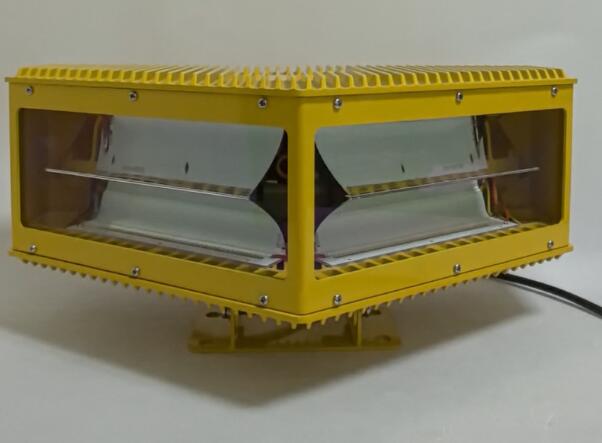High Intensity Aviation Obstruction Lights: Guardians of the Night Sky
High intensity aviation obstruction lights serve as critical safety sentinels for tall structures, creating a visible warning system that protects both aircraft and infrastructure. These powerful beacons have become indispensable in our era of vertical construction and dense air traffic, marking potential hazards with unmistakable visual signals that pierce through darkness and adverse weather conditions.
Technical Specifications and Performance Standards
Modern high intensity aviation obstruction lights meet rigorous international requirements:
Luminous intensity: 20,000-200,000 candela output

Flash characteristics: 40 flashes per minute (±5%)
Color temperature: Pure white light (x=0.31, y=0.33 on CIE chart)
Beam distribution: 360° horizontal, 10° vertical coverage
Day/night operation: Automatic intensity adjustment
Regulatory Framework and Compliance
| high intensity aviation obstruction light |
Global standards governing high intensity aviation obstruction lights include:
ICAO Annex 14: International Civil Aviation Organization specifications
FAA AC 70/7460-1L: U.S. Federal Aviation Administration guidelines
| high intensity aviation obstruction lights |
EASA CS-ADR-DSN: European Aviation Safety Agency requirements
IEC 61820: Electrical safety and performance testing standards
Primary Applications and Installations
Critical Infrastructure Protection
Skyscrapers and high-rise buildings
Telecommunication towers
Wind turbine farms
Offshore oil platforms
Suspension bridges and tall monuments
Advanced Technology Features
Current generation systems incorporate:
Solid-state LED arrays with 100,000+ hour lifespans
Adaptive brightness control responding to ambient conditions
Synchronized flash networks across multiple structures
Ice-resistant optical assemblies for extreme climates
Wireless monitoring systems for remote diagnostics
Installation Best Practices
Proper implementation requires:
Obstacle risk assessment using 3D modeling
Photometric planning for optimal coverage
Structural integration considering wind loads
Glare mitigation for surrounding areas
Redundant power systems ensuring reliability
Maintenance and Reliability Protocols
Essential upkeep procedures include:
Monthly visual inspections
Quarterly photometric verification
Annual electrical system testing
Instant failure response protocols
Predictive maintenance scheduling
Environmental and Community Considerations
Modern solutions address ecological concerns through:
Dark Sky Initiative compliance
Wildlife-friendly spectral output
Radar-activated operation reducing light pollution
Directional light control minimizing spill
Energy-efficient operation
Future Innovations in Obstruction Lighting
Emerging technologies include:
Li-Fi enabled visual communications
AI-powered adaptive flash patterns
Holographic warning markers
Integrated aircraft detection systems
Self-diagnosing smart fixtures
Case Studies of Effective Implementation
Notable global installations feature:
Burj Khalifa's multi-level synchronized system
Tokyo Skytree's earthquake-resistant lighting
North Sea wind farm obstacle networks
Golden Gate Bridge aviation lighting
High intensity aviation obstruction lights represent a perfect fusion of regulatory compliance and technological innovation, creating an essential safety layer in our increasingly crowded airspace. As urban landscapes continue their vertical expansion and air traffic grows more dense, these powerful visual sentinels will evolve with smarter, more efficient technologies while maintaining their fundamental mission: preventing collisions and saving lives. The future of aviation safety shines bright with the continued advancement of high intensity obstruction lighting systems.
